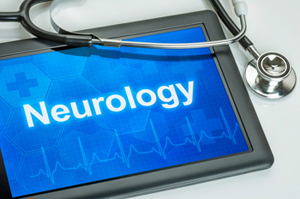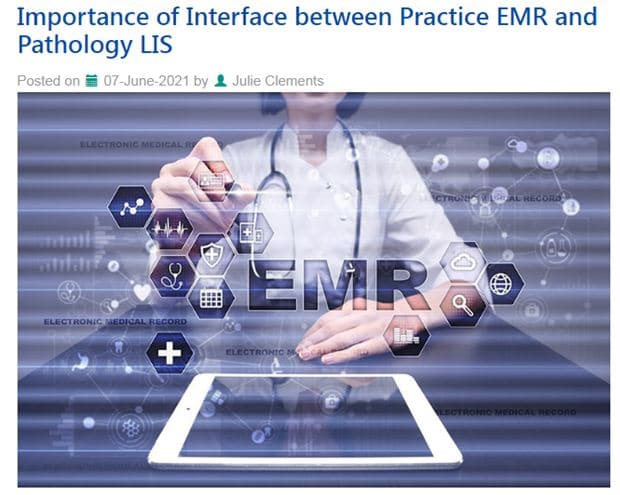 Medical research is indispensable considering the need to find the cause of various diseases, the effectiveness of drugs, and the progress of patients put on new, innovative medications. Research in the medical field involves medical transcription, wherein various audio resources will have to be transcribed into electronic or paper documents.
Medical research is indispensable considering the need to find the cause of various diseases, the effectiveness of drugs, and the progress of patients put on new, innovative medications. Research in the medical field involves medical transcription, wherein various audio resources will have to be transcribed into electronic or paper documents.
A group of researchers from New York are studying why the sleep medication zolpidem wakes up some minimally conscious patients with a severe brain injury. Brain damage can cause the loss of a pathway comprising excitatory projections from the cortex to the striatum and results in the inhibition of the thalamus, which supports alertness and sleep along with the striatum. Earlier studies had shown the frontal coretex and the thalamus were highly active while receiving zolpidem and quite inactive on not taking the medication. Now, the researchers have come up with additional insights that a pool of recruitable and functional brain cells is activated during zolpidem treatment.
The study involved the observation of three patients suffering from severe brain injury — one had sustained head trauma due to a fall, another was oxygen deprived on drowning and the third one had multiple strokes from vasospasm after a subarachnoid hemorrhage. Even though all of them showed strong arousal responses to zolpidem, the researchers found that the three patients had similar patterns of brain activity as recorded by EEG, when they were on and off the drug in spite of having very different types of brain trauma. When the patients were not receiving zolpidem, there was a low-frequency rhythm for that pattern where it was more so in the front than in the back and on both sides. An increase in the average frequencies of brain waves was found while the patients were receiving the drug which correlated with the improved alertness in them.
The researchers evaluated the new paradoxical excitation against the initial arousal effect and found zolpidem being selective for a subtype of gamma-aminobutyric acid (GABA) receptors could obstruct the inhibitory inputs from the globus pallidus to the thalamus and allow the thalamus to excite the cortex, which help to restore the cognitive and motor functions. As per the researchers, the initial excitation is like catching a wave and when the cells get recruited, they are turned on and begin to function actually and then they awaken the brain even more. This process will continue until the zolpidem wears off. Since the drug acts at a very specific receptor subtype vary from person to person, further trials need to be carried out on a larger number of brain-injured patients to determine whether zolpidem, another drug or device, or some combination is the optimal method to target recruitable and functional brain cells for the reawakening effect.
According to the researchers, the new findings of paradoxical excitation can help explain the past success with treatments for severe brain injury such as central thalamic brain stimulation and amantadine. Thus, these types of researches can evaluate the effectiveness of current treatment procedures and provide better care for patients with brain damage. The conversations with the patients, their progress in treatments and the details of the findings need to be documented well in order to develop better treatments. Researchers in neurology and related aspects should make sure that they are using an experienced neurology transcription service. Importance in accuracy cannot be undermined as the finding and documentation is critical in improving patient care as we study the efficacy of drugs.


